National Tree Week brings people together to celebrate the start of the planting season. It’s 50 years since the founding of National Tree Week (and The Tree Council), and this year’s theme ‘Grow a tree in 23’ recalls their famous first campaign: plant a tree in 73.
To celebrate, we asked members to recall the trees they have planted, how they have cared for them, what their top tips are, and what they have made with this wonderful resource.
Member Joan Ford was kind enough to share her story, which was the first to arrive in my inbox. Thank you Joan!
Over 60 years I have probably planted fifty trees. They are mostly ones that appear in my garden – beech, sycamore, occasionally an oak if I can get good roots, a few pines, one willow and one yew.
I keep them in the garden for about three years, then replant them in common land or hedgerows. About one third survive.
I have planted five trees as memorials for family and friends – an oak, a beech, two hazels and an almond. All are thriving.
It is important to choose the site carefully, and to ask permission of the land owner first. I have never been refused permission.
Good wishes to all tree-planters!
Wilf Meynell, Director of Studio Bark, has sent us the story of his first woodwork project.
My first project using wood was a garden shed, built out of reclaimed wood found in various skips or reject piles on building sites.
As an 18 year old architecture student, I was amazed what people would throw away, especially having seen the care and attention that each and every tree got from my forestry father.
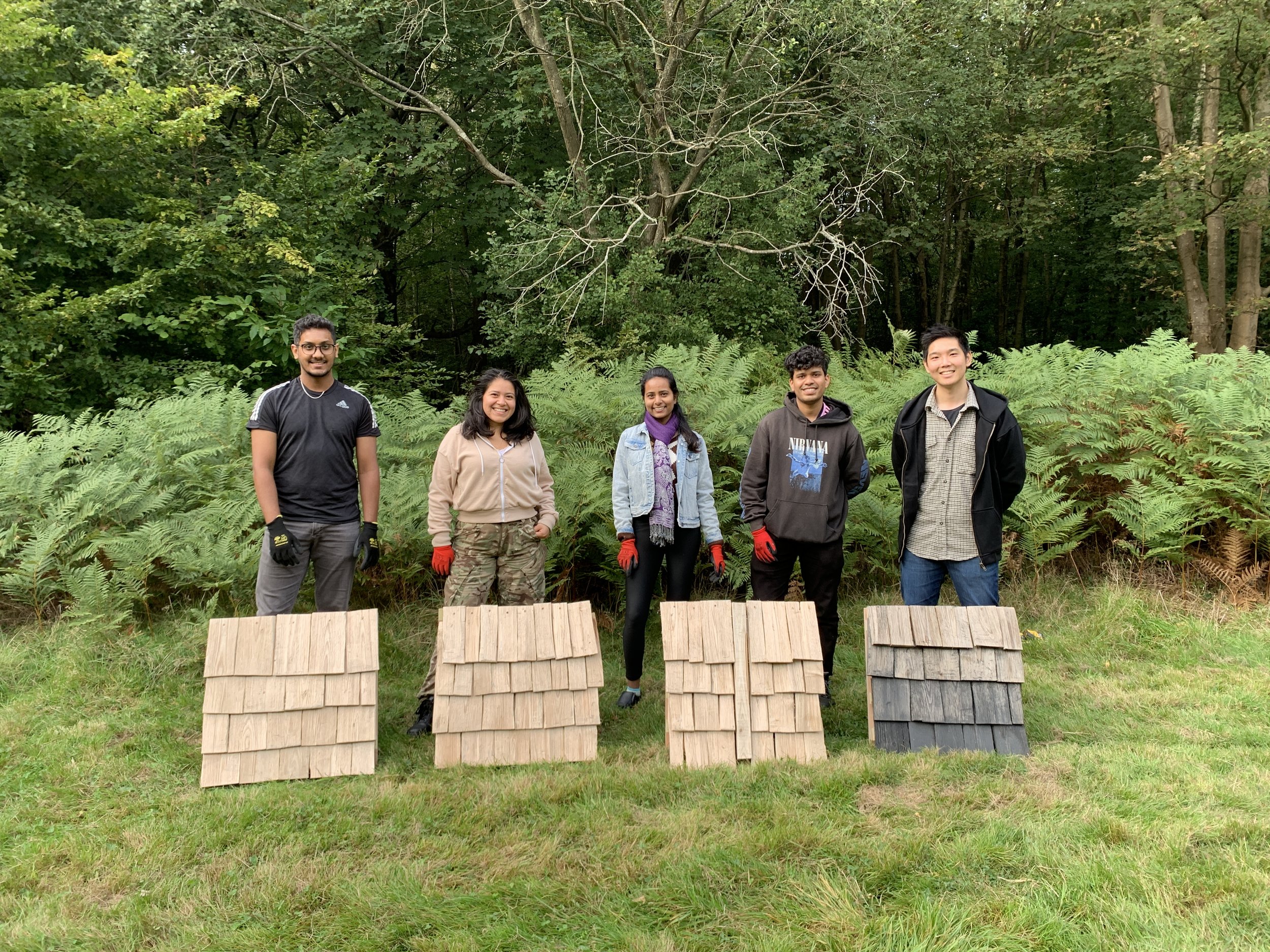
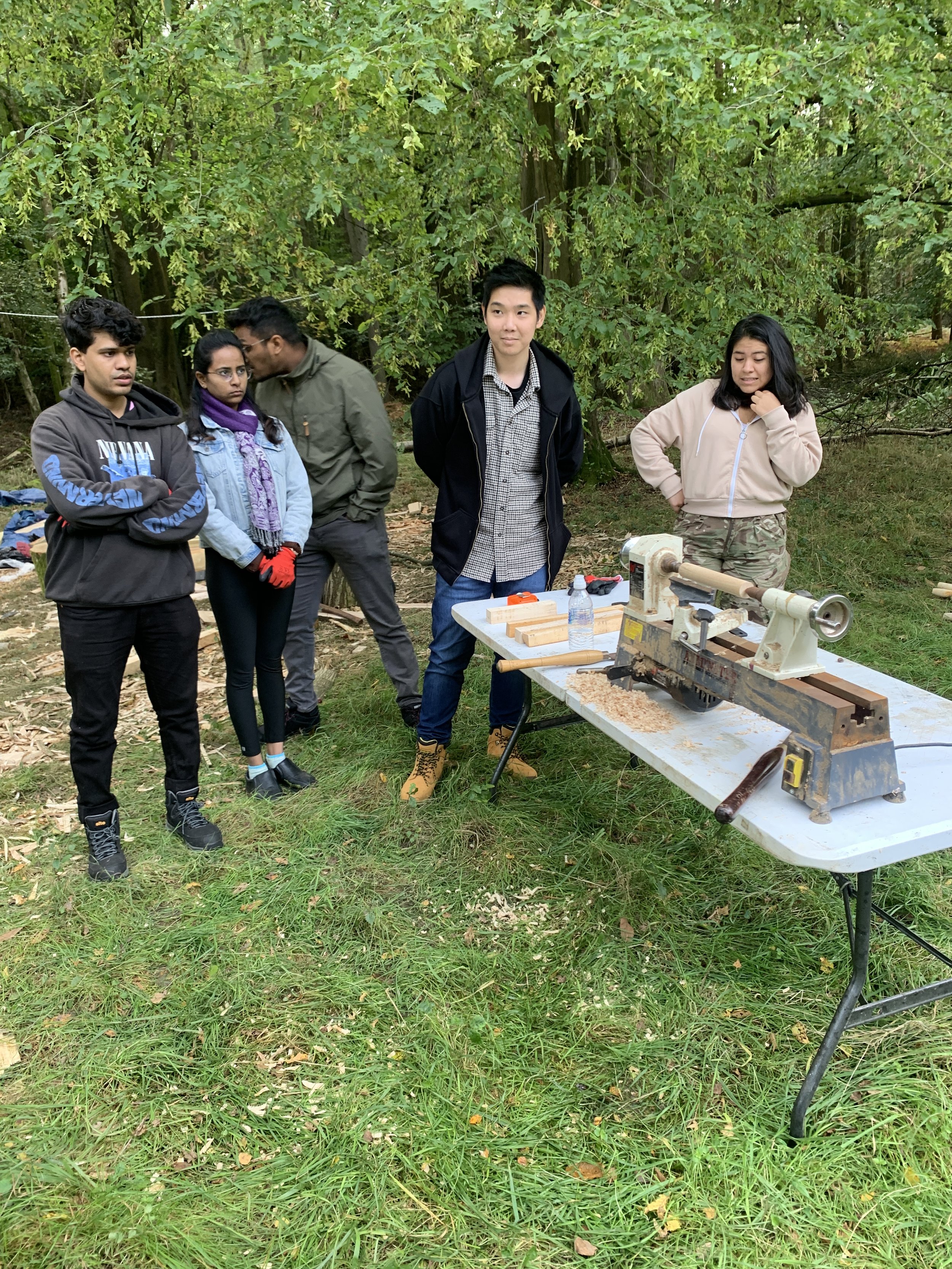

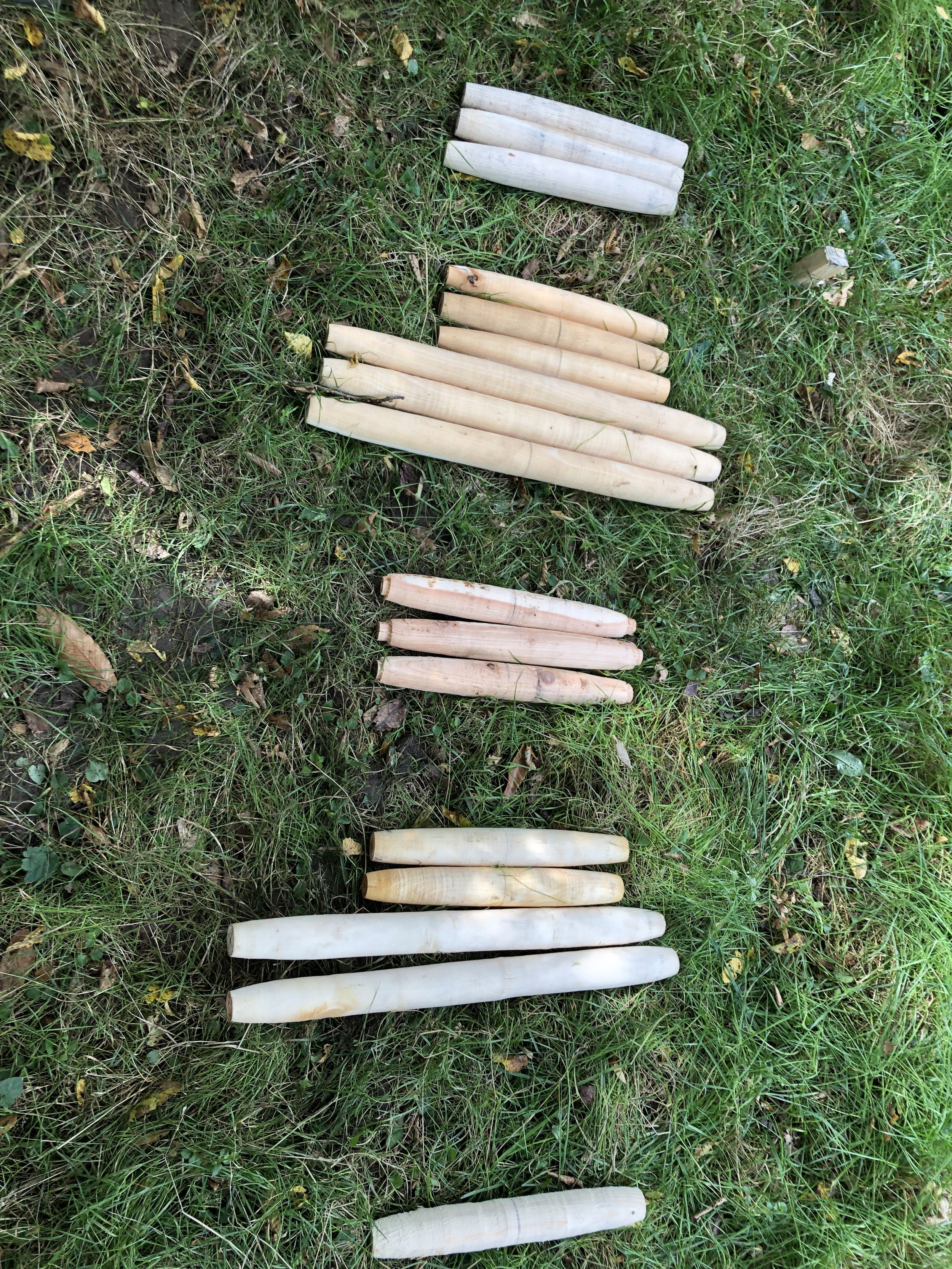
Circa 20 years later, our practice, Studio Bark uses timber throughout our buildings, in fact we use as much as we can (timber frame, timber cladding, timber insulation, timber interiors, timber decks etc.).
For us there are so many factors why we always try and source our timber sustainably from UK Forestry (local economics, transport emissions, quality and provenance).
Our mission moving forward is to try to help bridge the gap between forestry and construction through the practice of architecture.
We work on a number of educational live-build projects, attempting to pass on our passion and knowledge of timber construction to future cohorts!
David Cracknell, co-chair of the Trustee board for 2024 and Editor of Wood Culture, the journal of Woodland Heritage, shares below the story of the Wild Service tree in his wood.
The Wild Service tree I discovered in my wood was 200 years old, hollowed out by fungus, one of three giant limbs fallen ... but still going, still producing leaves.
The two fallen limbs fortunately did not completely touch the ground, and I was able to mill them for timber. Every year we collect the seeds and plant saplings.
These Sorbs torminalis trees were once common standards in England. Their deep red fruits, known as ‘chequers’, were used to flavour beer. Indeed, it is believed the species lent its name to all the pubs called The Chequers.
Mine is the only WS in my few hectares of woodland, the rest blessed by oak, hornbeam, birch, aspen and the occasional cherry and ask.
Someone decided to leave that huge tree in its place, and not coppice or cut it down, for a reason …. Who knows!
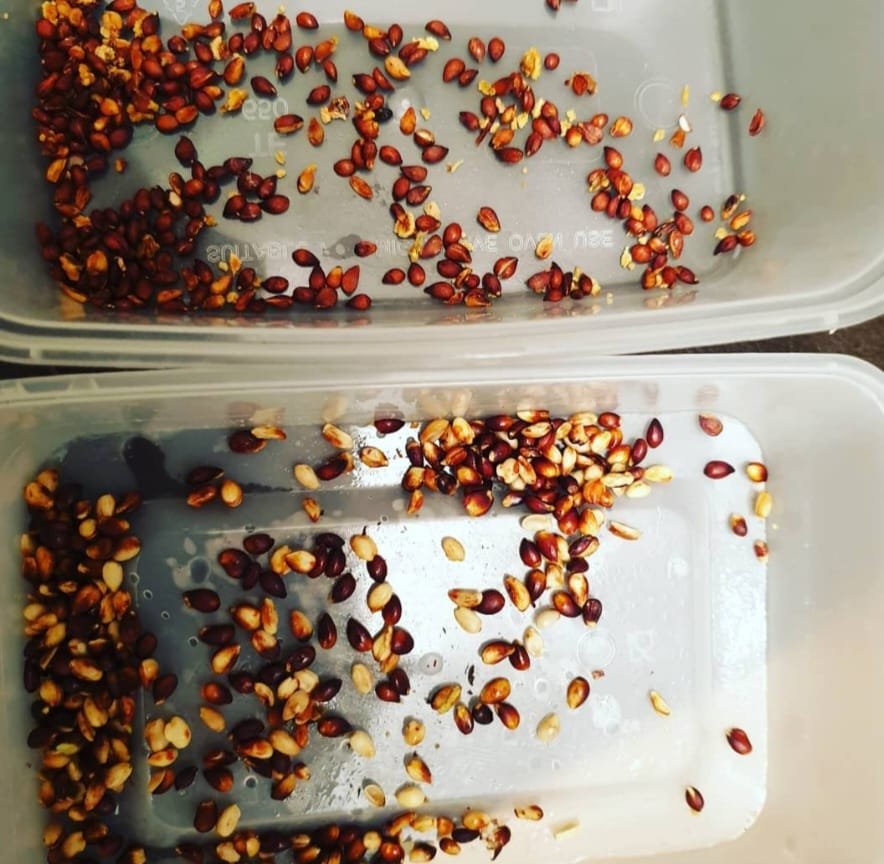
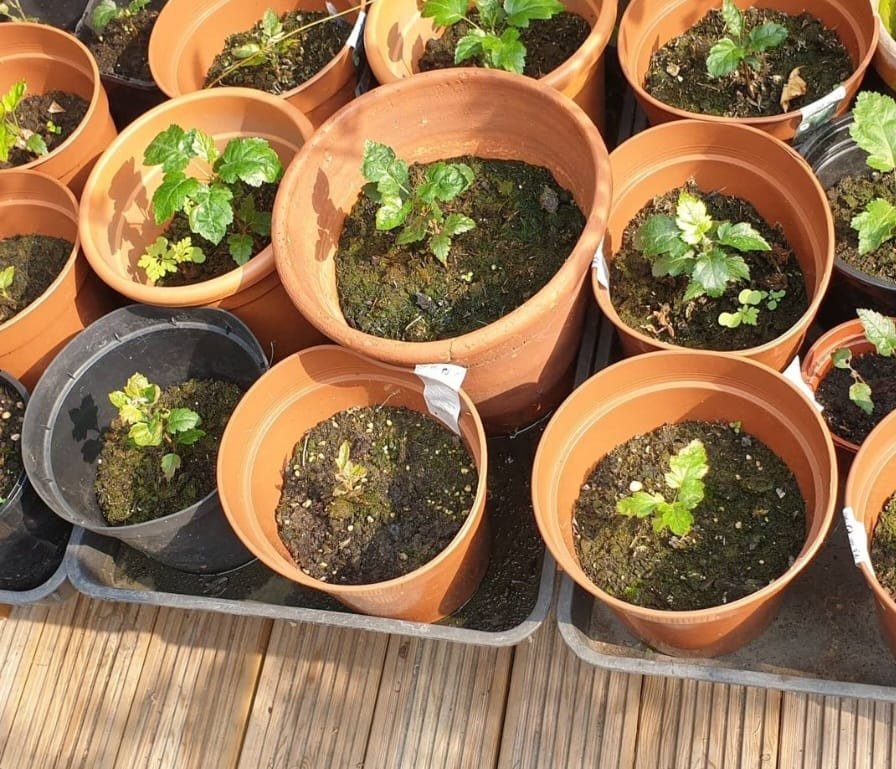
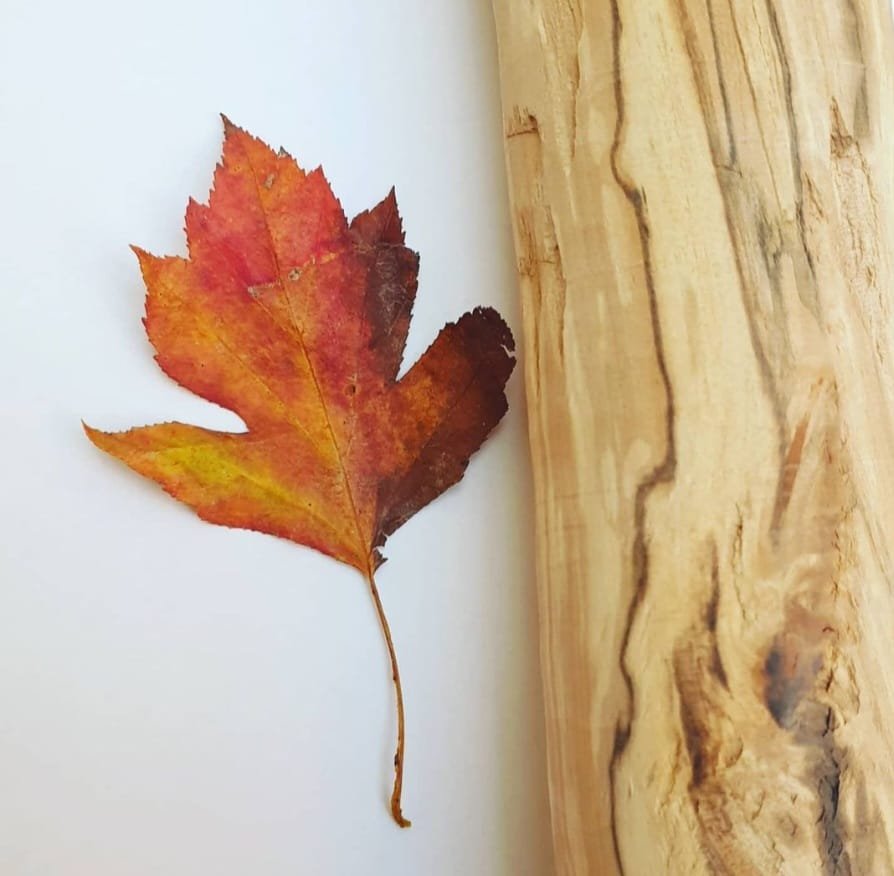
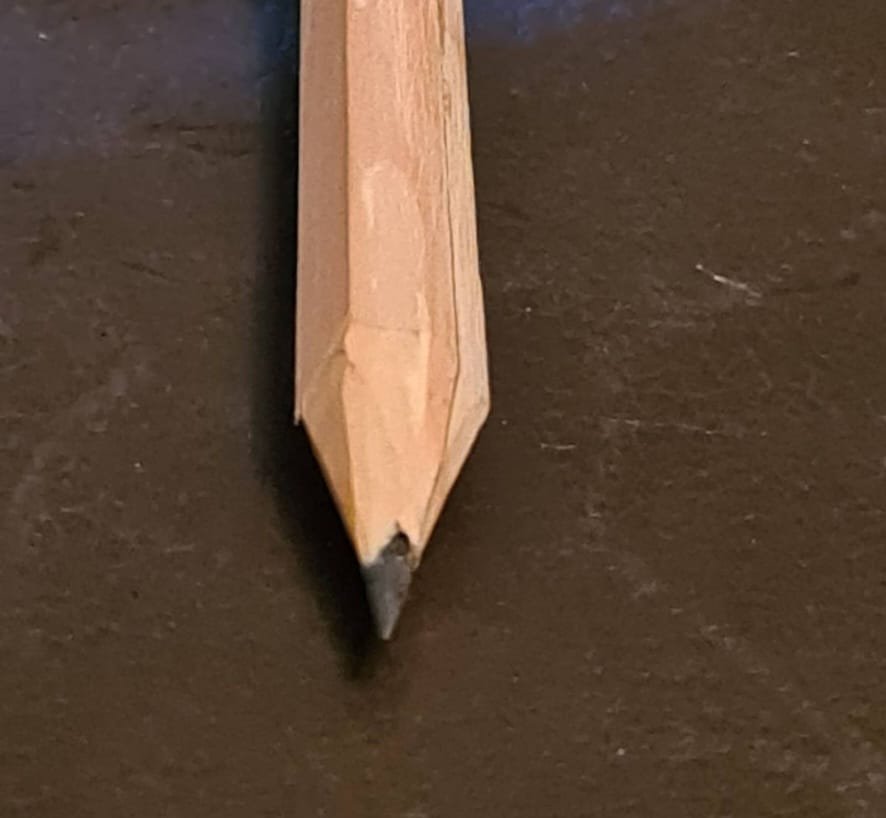
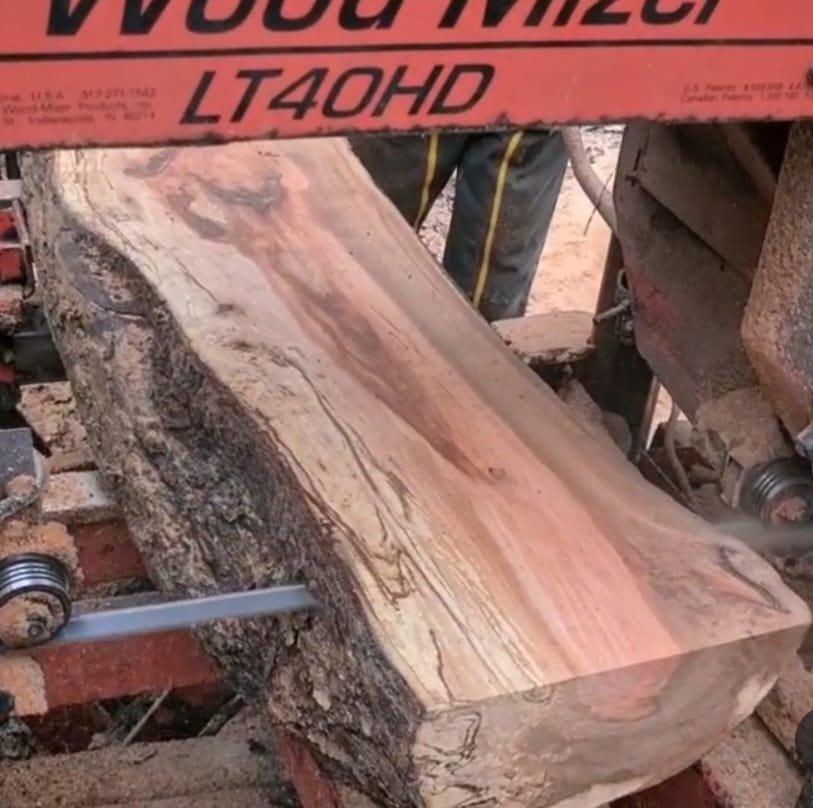
Malcolm Key shared his story of creating Poker Wood as a new woodland and bird reserve. While we cannot include the whole 200-page story, we hope that an overview here will inspire others.
Since I was seven years old I have been interested in birds, and the creation of a wood, with wildflower meadows, would enable me to combine my interest in birds and trees and create a long-term project which would not only provide a purposeful retirement project for Jane and myself, but would also create something with long-term environmental benefits.
More recently, global warming and its likely impact on humanity has changed the way many people view the importance of trees: they have become a crucial part in sequestering carbon in the battle to reduce global warming.
In April 1996, my wife and I bought the site and it already had trees planted and tubed as shown; they were planted in 1990. The picture was taken at one of the three gates.
Poker Wood is intended to be managed to maximise wildlife and particularly birds. Woods and wildflower meadows are dynamic and will produce temporary habitats over time which will be favoured by niche species and the management should encourage this diversification.
Poker Wood has matured and blossomed in the 24-years since it was created with largely native trees at the end of the 20th century.
In 2020, I took another picture from the same gate, and you can see the transformation!
The full story of Poker Wood, with information on management methods (pruning, thinning, coppicing, regeneration), the problems faced over the years and the wildlife surveys conducted can all be found in Malcolm’s account of Poker Wood. If you would be interested in reading this, please contact Woodland Heritage and we will pass on your request.
Woodland Heritage trustee Jemima Letts shared her wonderful tree-adventures with us too.
I planted my first tree when I was at secondary school as part of a community woodland project. Fast forward 10 years and I’m now part of a team planting 100,000 trees a year with species ranging from Sitka spruce to oak!
This year has been a mega year for our trees and they have been growing really well! We’ve been battling with the increasing deer population across our landscape and trying to adequately protect our trees without introducing lots of plastic into the environment. We’ve been able to try out lots of different alternatives, including some tree tubes made from actual wood fibres!
As an estate forester, I’m really keen that timber used in our buildings and projects come from our own woodlands. We’ve been able to use diseased ash felled for safety reasons to create new meeting room tables and we are now getting our larch sawlogs milled to be used in the creation of our new adventure playground.
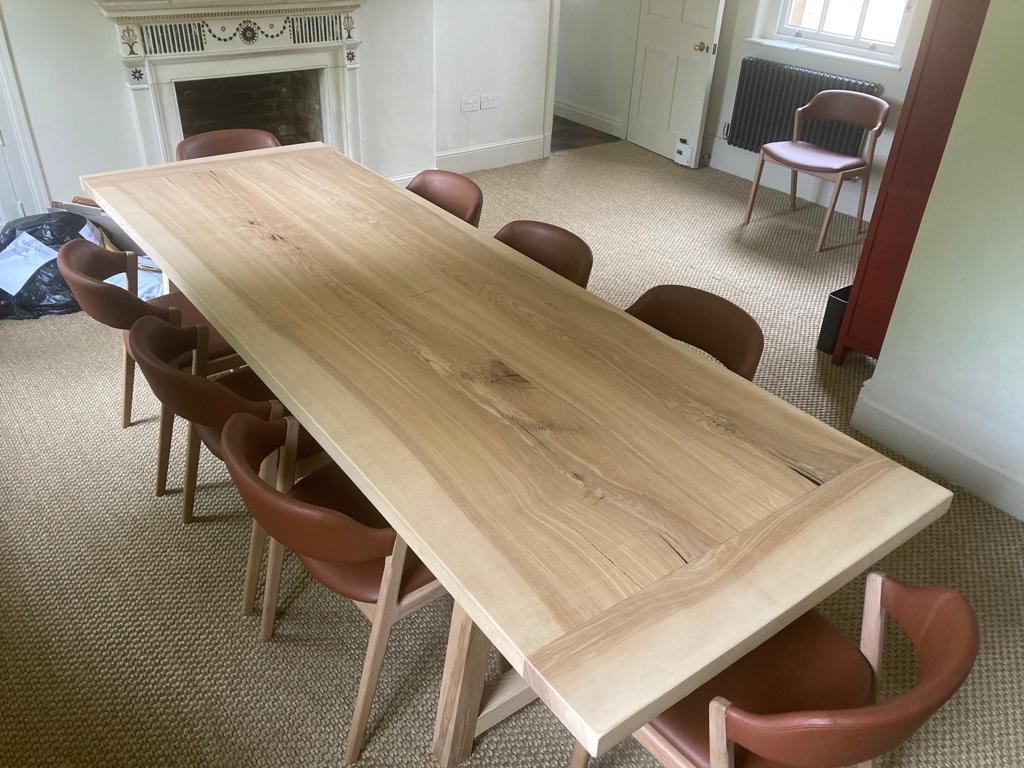
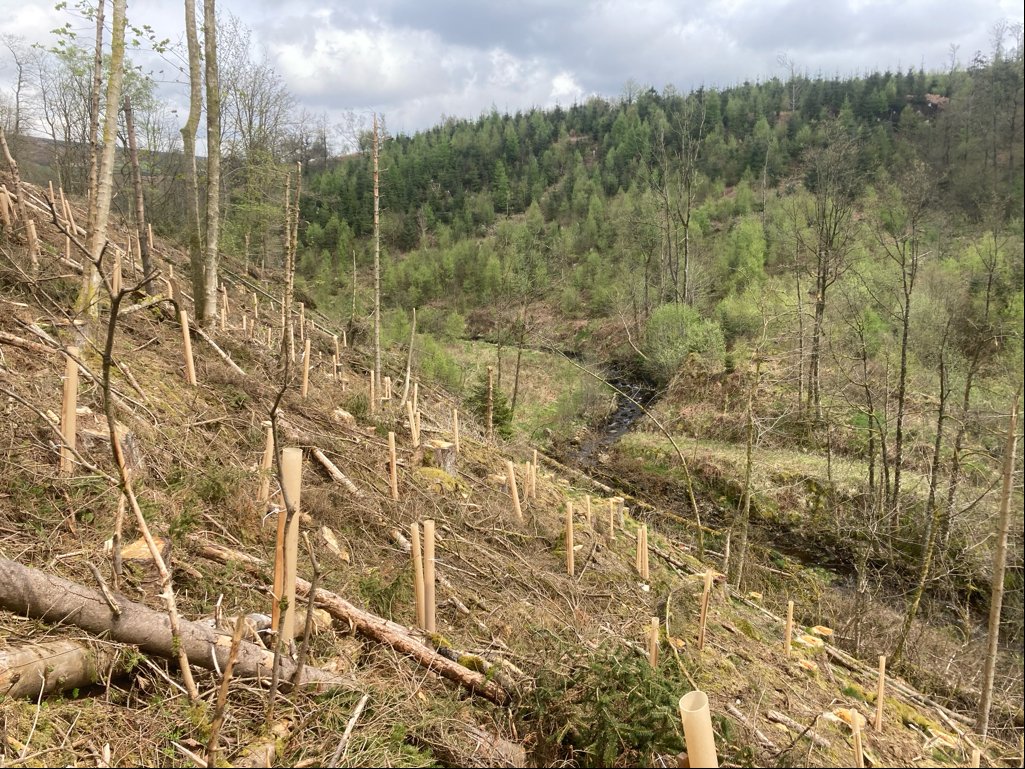
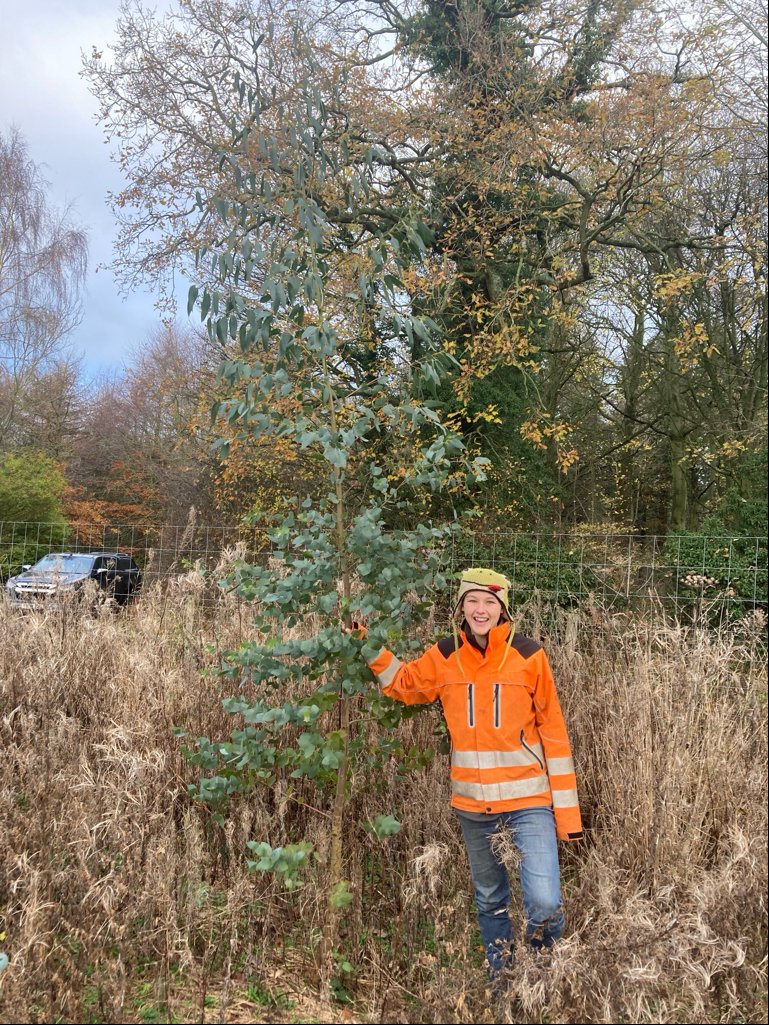
Mark Latchford is Director of Landscape Design at Holland Green. He got in touch to share his experiences for National Tree Week.
The first tree I planted as a professional landscape designer was an Arbutus unedo (Strawberry tree) in the front garden of a Buckinghamshire property. It was my first design to be built and it was an amazing feeling to see it come to life! The brief was to reimagine a coastal scene that the clients loved and held dear.
The garden featured shingle as a planting mulch, a small wooden dinghy that was repurposed as a flower bed, and a rustic timber path around the star of the show, a beautiful multi-stem Arbutus unedo. I passed the garden years later when visiting a nearby project, the tree still looked amazing with its eye-catching peeling red bark. It was a proud moment to know that I made a small difference to that tiny piece of the world.
Trees that we specify today have evolved over the years, with the biggest cause being climate change. Long harsh summers that have started in early spring, late frosts, consistent flooding and periods of long droughts has meant the trees we used to suggest have had to change. A great source of reference is the recently published book; Royal Botanic Gardens Kew, The Essential Three Selection Guide by Henrik Sjoman & Arit Anderson with Acer rubrum being a stand out tree for being specified for climate change.
So far, the trees we have planted over the past few years have all survived despite having to deal with a number of extreme weather conditions. Carefully selecting trees and coordinating their long-term management has been one of the keys to their success.
Carrying out a detailed site analysis is essential in making sure we specify the right tree for the right location. As well as soil tests, we also analyse trees in and around a localised area. These localised trees can give us lots of information on what will and will not work, they can also give us clues as to what the conditions are in that area.
For instance, if there are willows this can indicate wet soil or a local water course nearby, leaning or windswept trees can indicate the strength and direction of prevailing winds, or groups of pine trees can suggest dry, sandy conditions. Gathering this information to inform the selection of new tree planting choices is key to their success.
One of my first projects using wood was the design of a timber pergola outside a school classroom in North London to provide the children somewhere to sit outside whilst learning. These days, we use timber in a number of different ways, be it garden furniture, lawn edging, garden structures, fences, raised beds, log piles for wildlife, decking … the list goes on.
Using a sustainable and versatile building material such as timber that captures carbon during its life cycle and remains stored within its wood is hugely important not just in garden design, but also the wider building industry in general.
One of the reasons that we wanted to ask you to share your stories is that they bring a sense of community and collaboration to give us all strength. Here is mine:
During lockdown, we needed many activities to entertain and engage us. In my house, one of these was finding, saving and planting apple pips and conkers.
I now have three waist-height apple trees and a two-foot horse chestnut, named Nutty, that have survived and are every day a reminder of both the resilience of nature and of people.
I have a wealth of wooden treasures too. One I use every day is the egg rack my dad made as a school woodwork project and gave to my grandmother.
It does its job perfectly. Likewise the slightly questionably ‘hand or leaf’ shaped chopping board I made at school is sitting on the shelf ready to support a piece of cheddar. A daily reminder that woodwork in education can bring wonderful things: utility, confidence and inspiration - and gifts!
Thank you to all members who contributed to this blog. We hope you have enjoyed reading, and wish you a Happy National Tree Week.
Author: Annabel Stones and Woodland Heritage Members.
Last updated: 30/11/23
If you’re a member of Woodland Heritage with a story to share, we’d love to hear from you!







